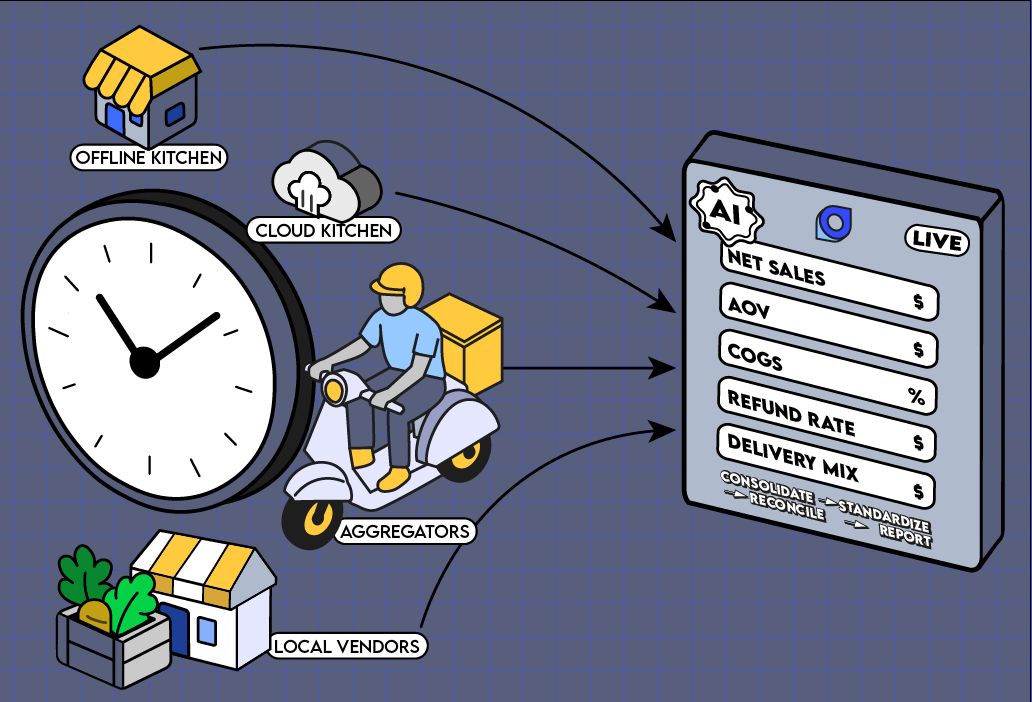For years, fixed asset allocation has been treated like a checkbox in the budgeting process, often driven by instinct, carried out in spreadsheets, and disconnected from day-to-day financial strategy. But, as businesses scale and complexity increases, this approach starts showing cracks.
Today’s finance teams are under pressure to do more than approve asset purchases. They need to justify investments, optimize capital usage, and ensure airtight compliance, all in real-time. And that’s sparking a shift from gut-feel decisions to truly data-driven fixed asset planning.
The Old Model: Capital Planning by Instinct
In many organizations, the fixed asset process still follows a familiar pattern:
- Teams submit asset requests via email or Excel
- ROI is calculated manually—if at all
- Capex approvals depend on past budgets or leadership judgment.
- Once assets are approved, tracking is fragmented and often reactive.
The consequences? Slow decision-making, budget overruns, and poor visibility into how assets contribute to long-term value.
The Need for a Smarter Approach
As the business environment gets faster and more competitive, capital decisions can’t be made in silos or on guesswork. Modern finance leaders need:
- Real-time visibility into available budgets, ROI forecasts, and asset performance
- Structured, auditable workflows to ensure compliance and accountability
- Seamless integration between planning, execution, and accounting systems
This is where finance automation platforms are stepping in to fundamentally change the game.
Fixed Asset Allocation Model Automation: A New Standard for Modern Finance
Capitalizing fixed assets is more than a compliance exercise—it’s a critical step that impacts financial reporting, depreciation planning, and strategic decision-making. Yet, many finance teams still rely on manual processes that are error-prone, time-consuming, and difficult to audit.
Automation changes that.
With the right tools, organizations can streamline data entry, enforce policy-driven validations, enable multi-level approvals, and integrate directly with ERP systems. The result? Faster turnaround, improved accuracy, and greater visibility across the asset lifecycle.
Bluecopa’s Fixed Asset Allocation Model, designed to streamline every stage of the fixed asset lifecycle—from request to capitalization, transfer, and disposal. With this model, finance teams can move beyond spreadsheets and manual processes into a more agile, structured, and data-rich environment.
Here’s how we are transforming fixed asset planning
Capitalization Workflows Built for Scale
Whether you’re initiating a capex request or managing month-end close, Bluecopa’s model provides intuitive dashboards tailored to different finance personas—preparers, reviewers, project managers, and finance directors.
Flexible Data Input with ERP Autofill
Users can upload via templates or manually enter asset data, with ERP-integrated autofill that reduces errors and redundancy. Early adopters are seeing this in action through seamless integration with SAP S/4HANA.
Smart Approvals and Rule-Based Validations
Finance teams can configure approval thresholds, validation rules, and workflows that fit their organization’s governance model, no more bottlenecks or audit risks.
Custom Dashboards for Leadership Insight
From drill-downs on project-level spending to visualizations of asset utilization, leaders can make informed, high-impact decisions without chasing down data.
Full Lifecycle Visibility and Control
Whether you’re capitalizing, transferring, or disposing of assets, the platform maintains complete control and audit trails—bringing unmatched transparency to fixed asset management.
The Bigger Picture: Why This Matters
Fixed asset planning isn’t a one-time task, but a continuous, strategic process that supports broader business goals.
By replacing instincts with data and workflows, teams can:
- Invest capital more effectively
- Respond faster to changing business needs
- Reduce risk and increase compliance
- Unlock insights that drive strategic growth
The evolution of fixed asset allocation isn’t just about doing things faster—it’s about doing them smarter. Finance teams that embrace this shift are gaining a competitive edge, improving ROI, and making capex a lever for strategic impact rather than a back-office burden.
With tools like Bluecopa’s Fixed Asset Allocation Model, this future is no longer out of reach, it’s already here.




